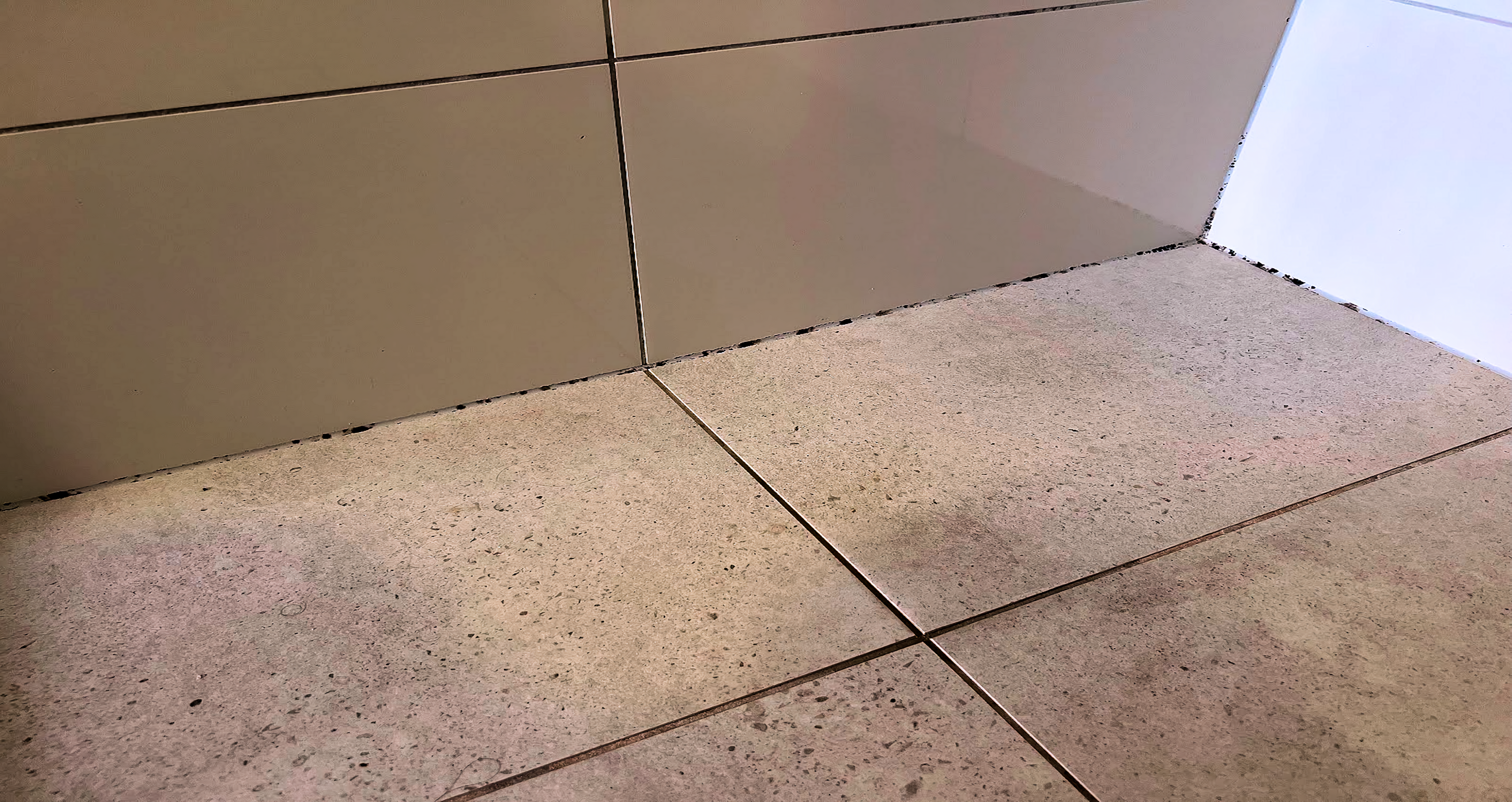
All tap braided flexible hose water damage is eliminated with auto flood stop isolation valves
Protect your home from burst flexible hoses with auto flood stop isolation valves
One of the most common causes of home water damage is burst flexible hoses. These hoses are often used for taps, toilets, washing machines, dishwashers, and fridges.
While they are convenient, they can also be a source of severe problems if they burst. That’s why it’s essential to have an auto flood stop isolation valve installed on any flexible hose in your home. These valves will automatically shut off the water flow if a hose bursts, helping to prevent extensive damage.
What are auto flood stop isolation valves, and how do they work
Auto flood stop isolation valves are specifically designed to prevent flooding in homes. These isolation valves can detect and arrest water flow when flexible hoses burst, thus preventing water spillage into the adjacent rooms and flooding houses.
The valve works by acting as a check for water should the flexible hose start leaking and detects excessive water usage, triggering an automatic shut-off of the isolation valve so that the house remains safe from water damage. With these auto flood stop isolation valves, homeowners can rest easy knowing their home is protected even when flexible hoses burst.
Burst flexible hoses are a prime reason for installing auto flood stop isolation valves in your home
Installing water auto shut-off valves in your home can be a great way to protect your property from water damage caused by burst flexible hoses. Not only does water damage from these sources cause immediate destruction in the area it leaks, but it can also cause long-term issues as water works its way into walls, floors, and other unseen areas.
Installing water auto shut-off valves helps you avoid expensive repairs that can come with water damage and give you peace of mind knowing that the auto shut-off valve will turn off the water before a disaster quickly. Preventative measures such as installing water auto shut-off valves should be essential to caring for your property and should not be ignored.
How to install them in your home’s plumbing system
Installing auto flood stop isolation valves in your home plumbing system can seem intimidating, but it can be straightforward with the right expertise and assistance. At Whywait Plumbing, we are experienced in installing auto flood stop isolation valves to ensure a secure and proper installation. In addition, we will be able to run through the whole process with you and answer any questions.
Overall, auto flood stop isolation valves provide significant protection for your home plumbing system, making installation worth it in the long run.
The benefits of having auto flood stop isolation valves in your home
Having auto flood-stop isolation valves in your home is a great way to lower your insurance premiums and provide protection from water damage caused by burst flexible hoses. This type of valve automatically shuts off the water supply when it detects excessive water usage, reducing the risk of severe water damage to your home.
This extra layer of defence can give you peace of mind that you are doing all you can to protect your home and lower the chance of incurring expensive rectification costs associated with water damage. Additionally, installing them could mean lower insurance premiums since using such a device shows that you have put measures in place to protect your home from potential disaster.
Why you need auto flood stop isolation valves installed now
Auto flood stop isolation valves are a reliable and effective means of avoiding burst flexible hoses and stopping potentially disastrous leaking in your home. Such valves will detect any burst flexible hoses or fittings immediately. The containment of hot and cold water up to the isolation valve can be stopped within seconds.
This is possible with the help of a built-in detector in the valve that constantly monitors water pressure and flow rate while also ensuring that taps and appliances have the correct amount of pressure running through them. Thus, auto flood stop isolation valves provide homeowners with peace of mind and utmost safety in dealing with burst flexible hoses without incurring too much cost or worries about burst flexible hoses flooding the house.
Although auto flood stop isolation valves are not required to be installed, they offer increased protection for your family and valuables. Imagine the damage that could occur with a bathroom vanity mixer tap hot water flexible hose bursting while you are on holiday. In that case, the valve will automatically shut off the hot water flow into the mixer, limiting the amount of damage that can occur. Installation is relatively simple and can be done by licensed plumbing professionals at Whywait Plumbing.
Have you considered adding auto flood stop isolation valves to your home?












